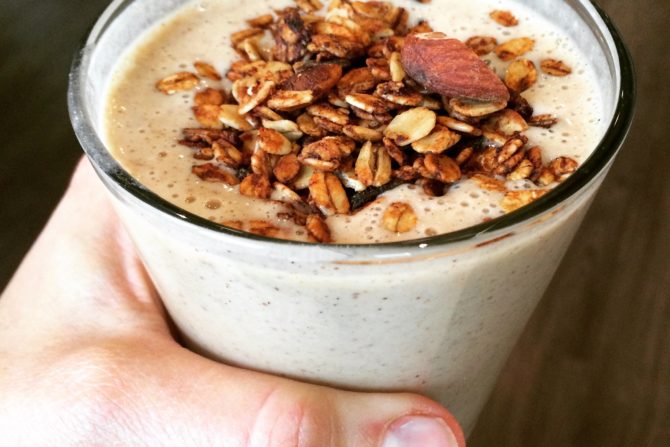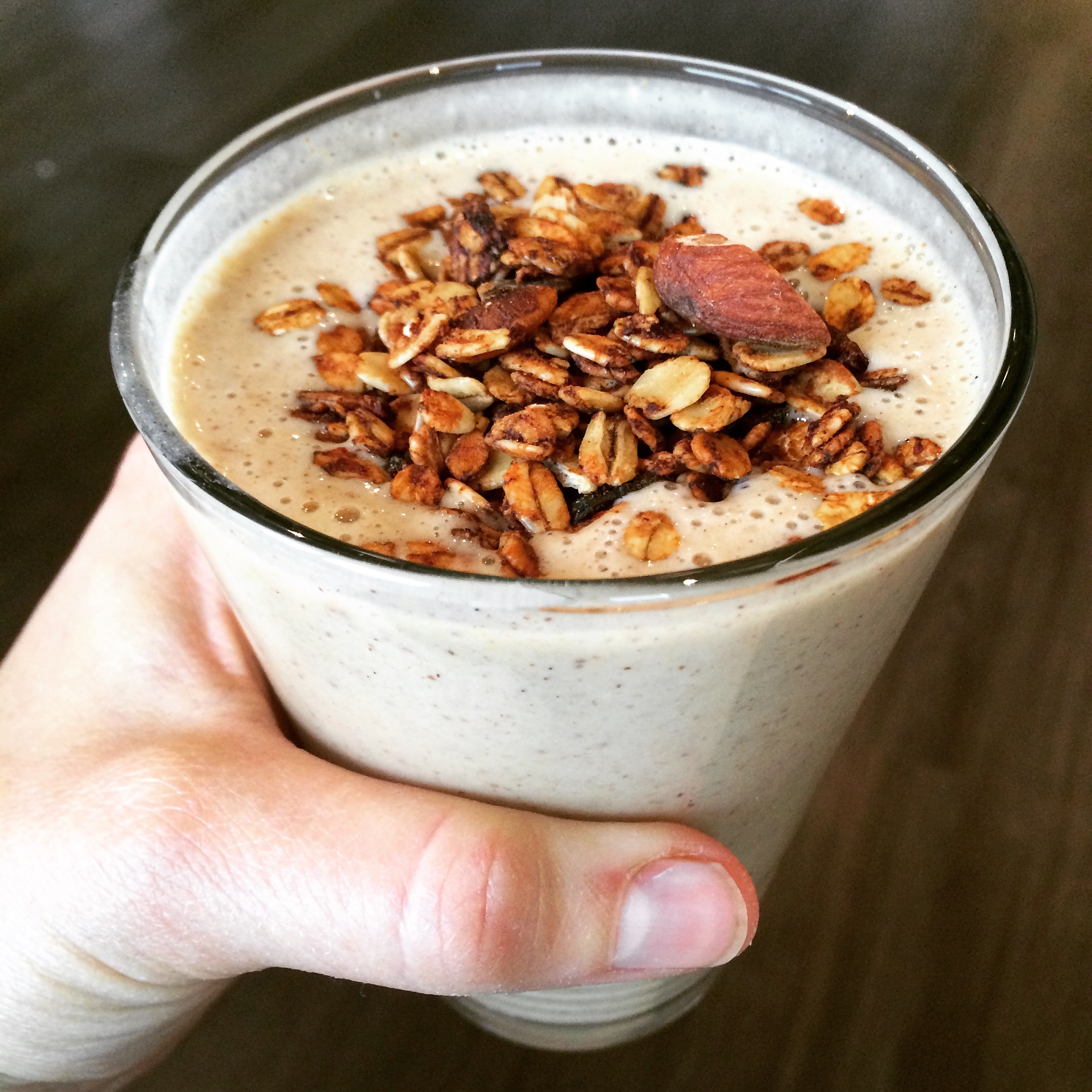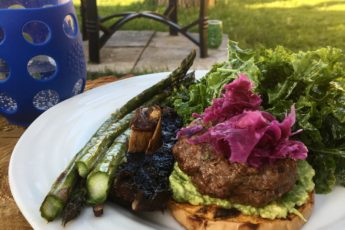This article was originally featured in Vitality Magazine on page 24.
If you want to add some healthy new flavours to your meals, it’s time to move beyond your salt and pepper shakers. There’s an entire world’s worth of herbs and spices out there for you to try, and they’re full of flavour and nutritional benefits. Many of these spices instantly bring to mind a particular part of the world or type of cuisine, – lemongrass goes well with Thai food and curry powder goes well with Indian cuisine. But that doesn’t mean that you can only use these spices for their authentic dishes. Have fun exploring the many different, innovative dishes that you can create using spices and let your taste buds be your tour guide as you experiment with new tastes in the kitchen.
With the many options of herbs and spices that there are to choose from, make sure your spice rack is stocked with these six essential and healthy ingredients to get started:
Let’s first break down the difference between and herb and a spice.
The difference between herbs and spices is where they are obtained from a plant. Herbs come from the leafy and green part of the plant. Spices are parts of the plant other than the leafy bit such as the root, stem, bulb, bark or seeds. Examples of herbs include basil, bay leaves, oregano, thyme, rosemary, parsley and mint and sage. They are usually grown in more temperate areas than spices and have great medicinal value and are also used in the preparation of cosmetic products.
Spices are usually dried before being used to season foods. Some examples are cinnamon, cumin, cloves, turmeric, chili powder, garlic powder, ground ginger, nutmeg and pepper. Unlike herbs, they are grown in more tropical countries. They’ve also been known to preserve foods and some have medicinal value, such as turmeric with its anti-inflammatory, anti-fungal properties.
Storing Herbs and Spices
Store your herbs and spices away from heat and light sources. (In other words, don’t store them over the oven or in the window, because the heat and light cause them to lose their flavor more quickly.)
Helpful Tips
- Replace herbs and spices that are older than one year.
- You can substitute one teaspoon of dried herbs for one tablespoon of chopped fresh herbs.
Here’s a list of some top herbs and spices to keep on hand at home.
- Turmeric
Health benefits: Turmeric is a concentrated source of anti-inflammatory properties (curcumin) is shown to promote liver function and heart health.
Nutritional benefits: Turmeric is rich in iron and manganese, fibre, B6, and potassium, and is the highest known source of beta carotene. The bright yellow pigment of this spice might have a role in halting the development of colon cancer.
How to use it: Add turmeric to salad dressings, mix it into brown rice, add some extra turmeric into curry for even more flavour, and add it to lentils or Indian-themed dishes.
- Cumin
Health benefits: Cumin soothes the digestive system, improves liver function, helps you absorb nutrients from other foods, and relieves abdominal bloating, gas and colic as well as digestive-related migraines and headaches.
Nutritional benefits: Cumin is a good source of iron and helps to stimulate the secretion of pancreatic enzymes.
How to use it: Add this spice to black pepper and honey to flavour vegetables, boil the seeds for a warming tea, add it to legumes for spice and flavour, add it to brown rice with apricots and almonds, add it to sautéed vegetables, and use it in dips, pilafs, and soups.
- Parsley
Health benefits: Parsley contains volatile oils that have been shown to inhibit tumour formation, and has flavonoids that function as antioxidants that prevent oxygen-based damage to cells.
Nutritional benefits: Parsley is loaded with iron, calcium, magnesium, potassium fibre, vitamins E and C, manganese, and tryptophan. This herb is medicinal for the stomach, treats anemia and rheumatism, promotes lactation, and helps contract the uterus.
How to use it: Use parsley in tabbouleh, chop and sprinkle on top of soup, and you can use it to make pesto.
- Cinnamon
Health benefits: Cinnamon blocks inflammation and bacterial growth, as well as helps to regulate blood sugar.
Nutritional benefits: Cinnamon is a source of calcium, manganese, dietary fibre, and iron. It helps to increase digestive fluid secretion and relieve intestinal gas. This spice counteracts congestion and aids blood circulation, and its aroma relieves tension and helps steady the nerves
How to use it: Sprinkle cinnamon on toast with honey, add it to warmed rice milk with honey, add it to water when cooking quinoa, or add it to black beans for burritos or nachos.
- Ginger
Health benefits: Ginger soothes the stomach and reduces nausea, as well as relaxes the intestinal tract and reduces gas. Ginger prevents motion sickness (especially seasickness) as well as reduces nausea and vomiting during pregnancy. It contains anti-inflammatory compounds called gingerols, which is why people with arthritis may experience reduced pain and improvements in their mobility when they consume ginger regularly.
Nutritional benefits: Ginger contains a source of magnesium, B6, potassium, manganese, and copper. By increasing circulation, ginger helps you cleanse through the skin, bowels and kidneys. It is anti-inflammatory and helps destroy many intestinal parasites.
How to use it: Add ginger to vegetables, use it to make ginger lemonade, add it to rice dishes with sesame seeds and strips of nori, combine it with tamari, sesame oil and garlic to make a delicious salad dressing, or add it to sautéed vegetables.
- Oregano
Health benefits: The volatile oils in oregano can inhibit the growth of bacteria. The numerous phytonutrients found in this herb are antioxidants that can prevent oxygen-based damage to the cell structures. On a per gram, fresh-weight basis, oregano has demonstrated 42 times more antioxidant capacity than apples, 30 times more than potatoes, 12 times more than oranges, and four times more than blueberries.
Nutritional benefits: Oregano is a source of fibre, iron, manganese, calcium, vitamins C and A, and omega-3 fatty acids
How to use it: Garnish pizza with fresh oregano, add the nutritious herb to sautéed mushrooms and onions, add a few fresh sprigs to a container of olive oil to infuse it, or add it to omelettes.
- Sage
Health Benefits: Sage is peppery in taste and treats the consequences of aging. It is a memory enhancer, and mild Alzheimer’s sufferers will benefit from this herb.
Nutritional Benefits: Sage lowers cholesterol and triglyceride levels as it contains a substantial amount of Rosmarinic acid, which is an anti-inflammatory, and antioxidant. It can also be used to prevent hot flashes in menopausal women.
How to use it: Sage grows easily and does not require a lot of care or fuss. This herb should only be watered when the soil is dry and should ideally be in sunlight but will tolerate warm shade. In the first year it grows remove only the leaves when harvesting and in subsequent years the stems can also be used.
Fresh herbs are addictive and once yours are flourishing you will love adding a little spark to all your home cooking with these babies!
8. Basil
Health Benefits: Basil is a common herb with a sweet and earthy aroma when fresh and combines well with many other herbs.
Basil is beneficial for individuals who have lung- or stomach-related complaints and can also be used to treat mild depression, anxiety, headache, or menstrual pain.
How to use it: It is most commonly used in pesto but basil has over 50 varieties including sweet, bush, and purple type. Basil is extremely easy to grow and it grows inside or outside. It only needs to be watered every few days. A few leaves go a long way and the stems can be great for flavouring broths.
Spiced Vanilla Smoothie
Not all smoothies have to be cold! With the change in season, brings on the change in ingredients for a warming, nourishing and grounding smoothie!
1 cup coconut water or water
1 tbsp hemp hearts
1 scoop SUNWARRIOR protein powder (vanilla)
1/4 cup coconut yogurt (Yoso)
1 tbsp almond butter
1 tsp cinnamon
1/2 tsp turmeric
1 tbsp raw honey
Place all ingredients in a high speed blender and enjoy! Top with homemade granola!




